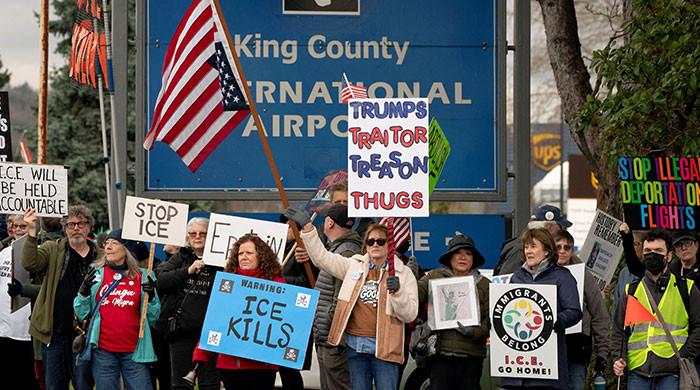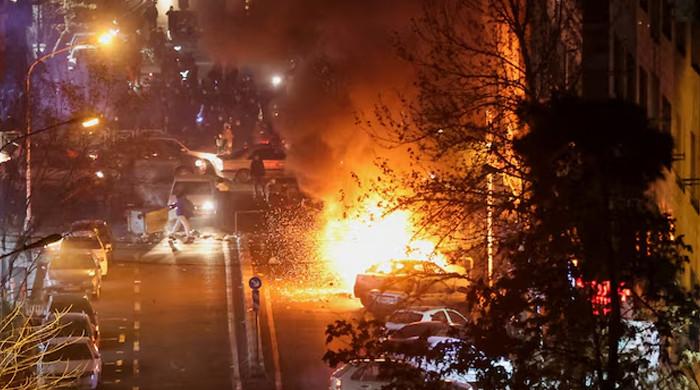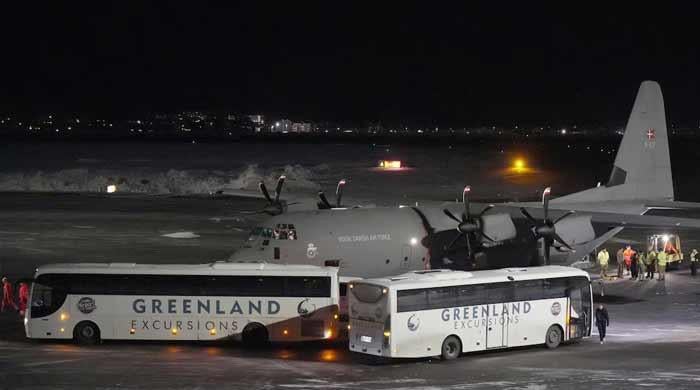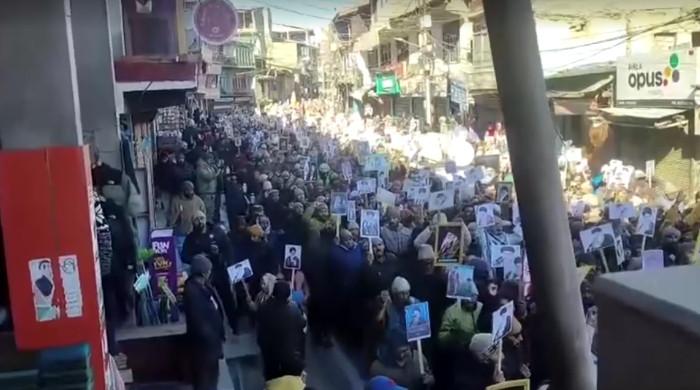Cold lava claims over 40 lives in Indonesia's Sumatra island
Rescuers continue efforts to search for 17 people still missing amid floods in Indonesia
May 13, 2024

At least 41 people have lost their lives to flash floods and "cold lava" flowing from a volcano in the western Indonesian island of Sumatra, the BBC reported.
Over the weekend, heavy rain swept torrents of ash and rocks down Mount Marapi, which is Sumatra's most active volcano, inundating two districts.
The torrents swept people to their deaths and damaged more than 100 homes, mosques and public facilities.
By Sunday afternoon, rescuers had found 19 bodies in the worst-hit village of Canduang in Agam district and recovered nine other bodies in Tanah Datar, according to the National Search and Rescue Agency.
Meanwhile, 17 people are still missing.
Survivors fled as the "cold lava", which is a mixture of volcanic material and pebbles that flow down a volcano's slopes in the rain, flowed towards their homes.
"It was pitch black, so I used my cellphone as a torch. The road was muddy, so I chanted 'God, have mercy' over and over again," Rina Devina, a 43-year-old housewife from the Agam district told AFP.
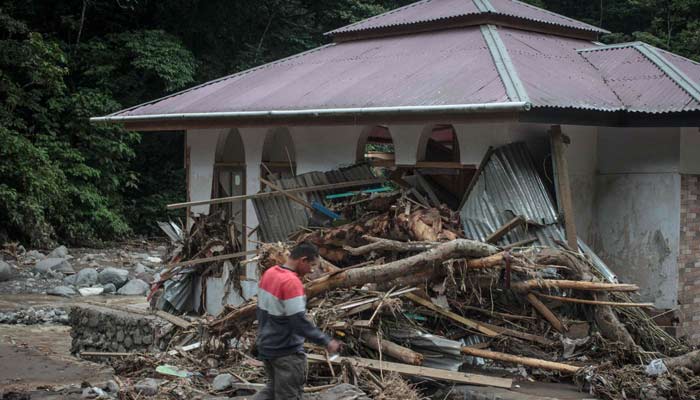
She revealed that a neighbour's house had been "flattened by big rocks" and four of her neighbours died.
What does 'cold lava' mean?
The phrase cold lava is a translation of the term "lahar" in Indonesian and Tagalog.
Temperatures range between 0°C and 100°C, according to how they are formed, but are typically below 50°C, according to several academic reports on the phenomenon.
A moving lahar resembles a "roiling slurry of wet concrete" that can grow in volume as it incorporates other debris in its path, said the US Geological Survey.






